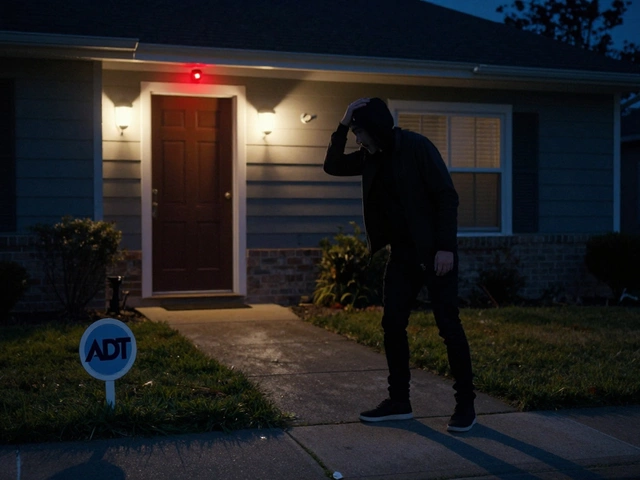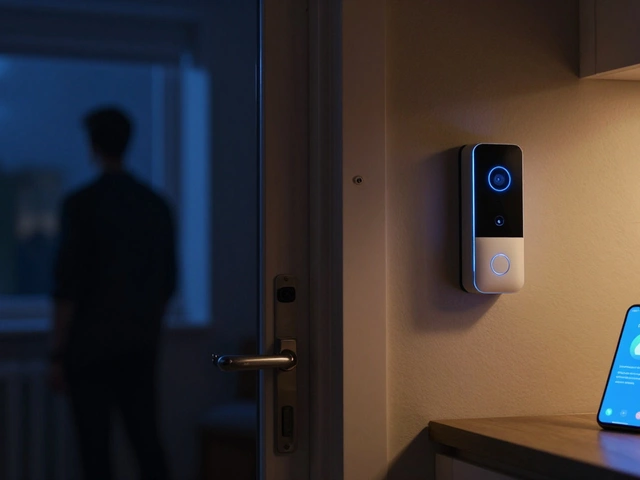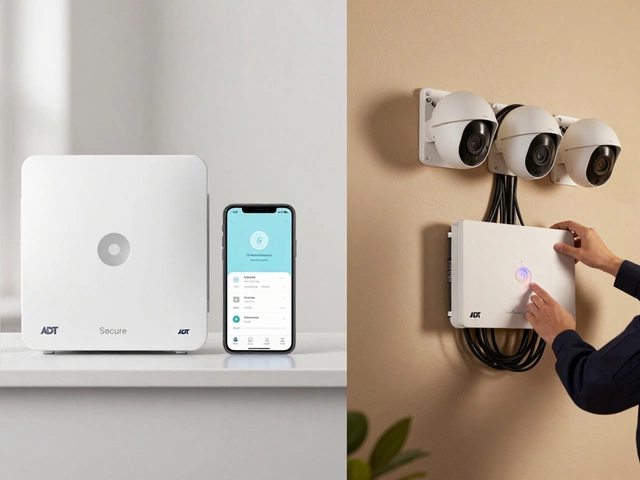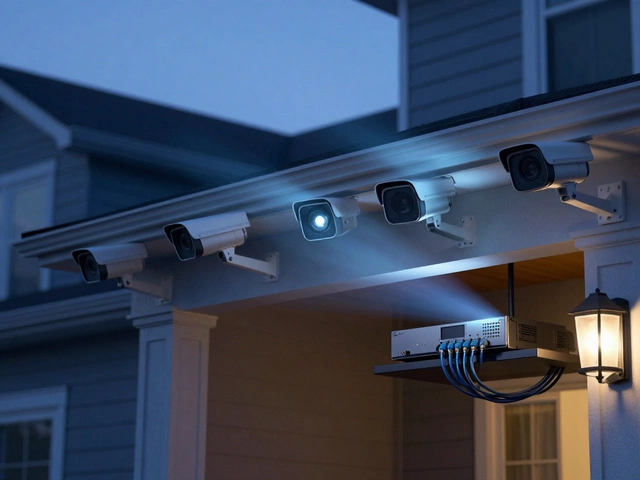Motion Sensor Longevity: How Long Do They Really Last?
Ever wonder why a motion sensor that was fine last year suddenly seems dead? The truth is, sensor life depends on a few simple things – battery type, placement, and the environment. Knowing these factors helps you avoid surprise failures.
What Determines a Sensor’s Lifespan?
First up, the power source. Most home sensors use AA or AAA alkaline batteries that last 1‑3 years. If you upgrade to lithium, you can push that to 5 years or more. Keep an eye on the battery label – it will tell you the expected runtime under normal usage.
Second, the sensor type matters. PIR (Passive Infrared) sensors only react to heat changes, so they use less power than microwave or dual‑tech models that constantly emit waves. In practice, a good PIR sensor paired with a lithium battery often outlasts a dual‑tech unit by a couple of years.
How to Extend Your Sensor’s Life
Placement is key. Put sensors away from direct sunlight, heaters, or drafts. Heat speeds up battery drain, and temperature swings can jam the internal electronics. A spot on the wall that stays roughly 60‑70°F is ideal.
Regular cleaning helps too. Dust and pet hair can block the sensor’s view, causing it to work harder and waste power. A quick wipe with a dry cloth every few months keeps performance steady.When you finally need to replace a battery, do it all at once. Swapping one cell and leaving the others old can create uneven voltage, which shortens overall life. Replace the whole pack to keep the sensor happy.
Finally, consider a sensor with a low‑battery alert. Many modern units send a text or app notification when power drops below 20%. That early warning stops you from being caught off guard during a break‑in.
In short, the longest‑lasting motion sensors are those that use efficient power sources, stay out of extreme temps, and get a little TLC now and then. Follow these tips and you’ll get years of reliable motion detection without constantly hunting for dead batteries.






